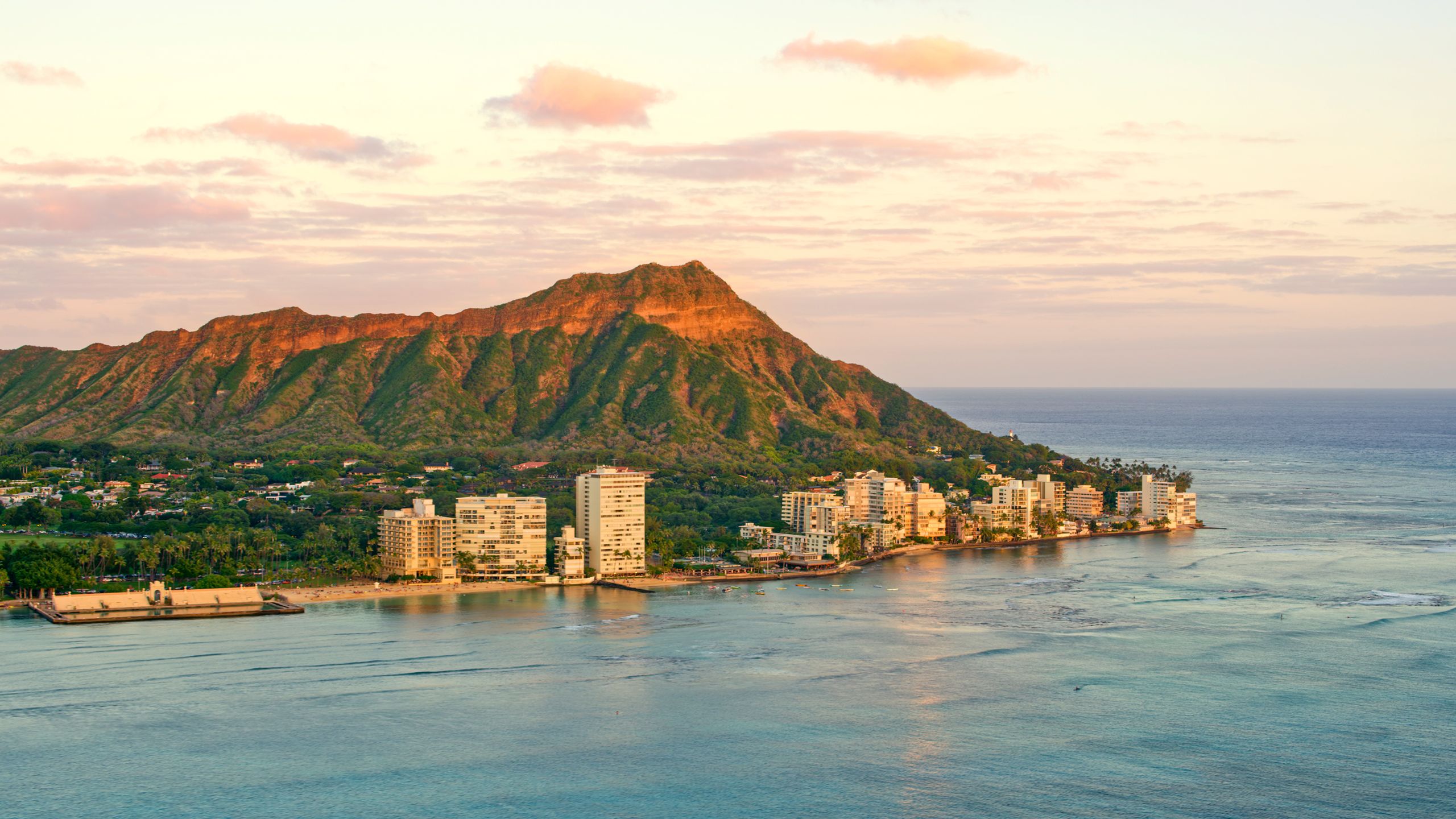An 8.8-magnitude earthquake struck eastern Russia’s Kamchatka peninsula on Wednesday, July 30, sending shockwaves throughout the Pacific Ocean. The massive quake has triggered tsunami warnings in Hawaii, Alaska, Japan, and beyond.
Hawaii has officially issued an all-clear announcement, while parts of California still remain under a tsunami advisory. If you have trips planned to any of the impacted destinations, here's the latest travel guidance and what to expect.
California
As of 1:19 p.m. local time on Wednesday, a tsunami advisory remains in effect in California along the stretch of coast beginning at Rincon Point (15 miles Southeast of Santa Barbara) to Point Conception and from Humboldt and Del Norte Counties to the California-Oregon Border. A tsunami advisory is the second-highest alert level and means that “strong currents and waves dangerous to those in/very near water” are possible.
The Pacific Tsunami Warning Center has canceled the advisory for the Californian coast stretching from Point Conception to Ragged Point (50 miles northwest of San Luis Obispo). “For other US and Canadian Pacific coasts in North America, there is no tsunami threat," the public notice reads.
Travelers and residents in areas under tsunami advisories should “stay out of the water and away from beaches and waterways,” according to the National Weather Service. “We are continuing to see fluctuations greater than a foot along our coast. Therefore, the Tsunami Advisory remains in effect until further notice," the National Weather Service for the Bay Area said in a statement on X, posted Wednesday at 8:30 a.m. local time.
Flights continue to operate on schedule at San Francisco International Airport and Los Angeles International Airport.
Hawaii
On Tuesday evening, Hawaii had been expecting a so-called wave of significance to hit its islands and issued tsunami warnings and evacuation orders for coastal inundation zones. Fortunately, the impact on the islands was milder than expected, and the warning was downgraded to a tsunami advisory just before 11 p.m. local time on Tuesday evening.
The Hawaii Emergency Management Agency (HIEMA) officially lifted the tsunami advisory on Wednesday. “After extensive discussions and monitoring with the Pacific Tsunami Warning Center (PTWC), we are pleased to report that conditions have stabilized, and there is no longer any risk of a tsunami affecting our state,” the agency said in a statement. “As a result, the Advisory has been formally canceled.”
The agency added that it is urging “residents to exercise caution and follow any county directives as ocean activities resume, ensuring the safety of all individuals on or near local waters.”
Alaska Airlines and Hawaiian Airlines both restarted flights to Hawaii on Wednesday morning. The two carriers had paused operations across the islands on Tuesday afternoon. “All airports are resuming normal operations," the Hawaii Visitors & Convention Bureau said in a statement on Wednesday. “Travelers should check directly with their airline for flight status and updates before heading to the airport, as there may be delays due to the earlier suspension of operations. ”
Pacific islands
Tsunami alerts were also in place across many Pacific islands on Wednesday. Waves began hitting the Marquesas Islands in French Polynesia on Wednesday afternoon local time, according to CNN. The waves there were expected to be up to 2.5 meters (about eight feet) high.
Tourist areas in Ecuador’s Galapagos Islands were closed on Wednesday, as the Ecuadorian Oceanographic Institute of the Naval Forces predicted waves up to 1.5 meters (about five feet) tall could hit coastal areas. Beaches and other public areas, including protected areas that require maritime access, were closed on Wednesday, according to CNN.
Japan
On Wednesday, officials downgraded tsunami warnings to advisories across most of Japan, where 2 million people were evacuated from coastal areas, CNN reported.
“The Japan Meteorological Agency has issued a tsunami advisory for Japan’s Pacific coast regions from Hokkaido to Kyushu,” says a July 30 alert from the US Embassy in Japan. “Tsunami warnings are in effect for a major stretch of Japan’s eastern Pacific coast, from Hokkaido’s eastern Pacific coast down to Wakayama Prefecture. Please follow all guidance from local authorities.”
The alert urged US citizens in Japan to:
- “Stay out of the water and away from beaches and waterways, including refraining from activities like swimming, surfing, fishing, and boating.”
- “Follow instructions from local officials, which may include closing beaches, evacuating low ground areas, harbors and marinas, or moving ships to deeper water if safe to do so.”
- “If you are in the affected areas, move to higher ground and keep away from coasts and river mouths which could overflow. Continue to follow any evacuation orders by local government until all advisories are lifted.”
- “Stay updated through official sources such as NOAA Weather Radio, Coast Guard emergency frequencies, Japan Meteorological Agency, and local news.”
Sendai Airport, in northeast Japan, was closed down on Wednesday, according to NHK World Japan. Osaka’s Kansai International Airport had about 150 flight delays and counting on Wednesday, according to data from FlightAware. However, the busy coastal hub and almost no cancelled flights.
This is a breaking news story. More information will be added as it becomes available.

